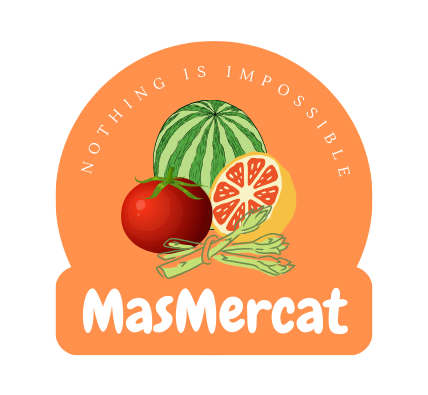The apricot is not just a symbol of summer—it’s a fruit from the Far East, a great ally for health, and a delight in the kitchen.
Its Origin
The apricot belongs to the Rosaceae family and its scientific name is:
Prunus armeniaca
Interestingly, the scientific name refers to Armenia, one of the countries through which the fruit spread to Europe, although its origin traces back to Central Asia and China.
A Bit of History: The Apricot in Spain
It is believed that the Arabs introduced apricot cultivation to the Iberian Peninsula during the Middle Ages. In Arabic, it was known as al-barqūq, a word from which the current Spanish name albaricoque is derived.
A very Spanish curiosity: in Murcia, the main producing region, the apricot is so ingrained in the local culture that there are popular sayings like:
“You’re more Murcian than an apricot”
And rightly so, since Murcia leads national apricot production, with traditional varieties like Bulida, highly prized for their sweet and juicy flavor.
Each region harvests a fruit that reflects the characteristics of its soil, climate, variety, and the care given by the farmer—making each apricot uniquely distinctive. Here’s an example:
Nutritional Content of Apricots (per approx. 100g)
_______________________________________________________________
Nutrient Approx. Amount
Energy 48 kcal
Water 86%
Protein 1 g
Carbohydrates 11 g
Natural Sugars 9 g
Fiber 2 g
Fats 0.4 g
Vitamin A 96 mcg (12% RDI)
Vitamin C 10 mg (12% RDI)
Potasiumm 259 mg
Beta-carotene 1094 mcg
________________________________________________________________
✅ Low in calories, ideal for snacking
✅ Rich in vitamin A and beta-carotene, protects skin and eyesight
✅ Source of vitamin C, boosts the immune system
✅ Contains potassium, supports heart and muscles
✅ Provides fiber, beneficial for digestion
Apricots and Sun Protection
Thanks to their beta-carotene and antioxidant content, apricots help protect the skin from sun damage and promote a healthy tan… though they should never replace sunscreen!
Season and Growing Regions
In Spain:
• Season: April to July
• Main regions: Murcia, Valencia, Alicante, Aragón
Worldwide:
• Turkey – world leader
• Iran, Uzbekistan – historic major producers
• Italy, France – known for high quality
•Morocco and Tunisia – key in the Mediterranean
Quick Regional Summary
| Region | Notable Varieties | Climate | Main Season |
|---|---|---|---|
| Murcia | Bulida, Currot, Mitger, Redixia | Dry Mediterranean, hot summers | April – June |
| Comunidad Valenciana | Canino, Ginesta, Currot | Mild Mediterrean, sea breeze | May – July |
| Aragon | Moniquí, Mitger, Bulida, Faralia | Mild Continental, warm summers | Late May – July |
Each area brings its own signature to the apricot: from the sweetness and size of those from Murcia, to the balance and juiciness of those from Valencia, and the intense, traditional flavor of those from Aragón.
Choose your favorite and enjoy summer naturally! ☀️🍑
How to Eat and Enjoy Them
✔️ Fresh, as a snack or in salads
✔️ Dried, perfect for snacking or baking
✔️ In jams and compotes
✔️ In savory dishes like tagines and stews
✔️ In tarts, yogurts, smoothies, or desserts
A bite of apricot is history, health, and flavor. Take advantage of the season to enjoy its benefits and sweetness—and remember:
If you want to care for yourself from the inside out and show off radiant skin, the apricot is your ally.
For more information, explore our products here
